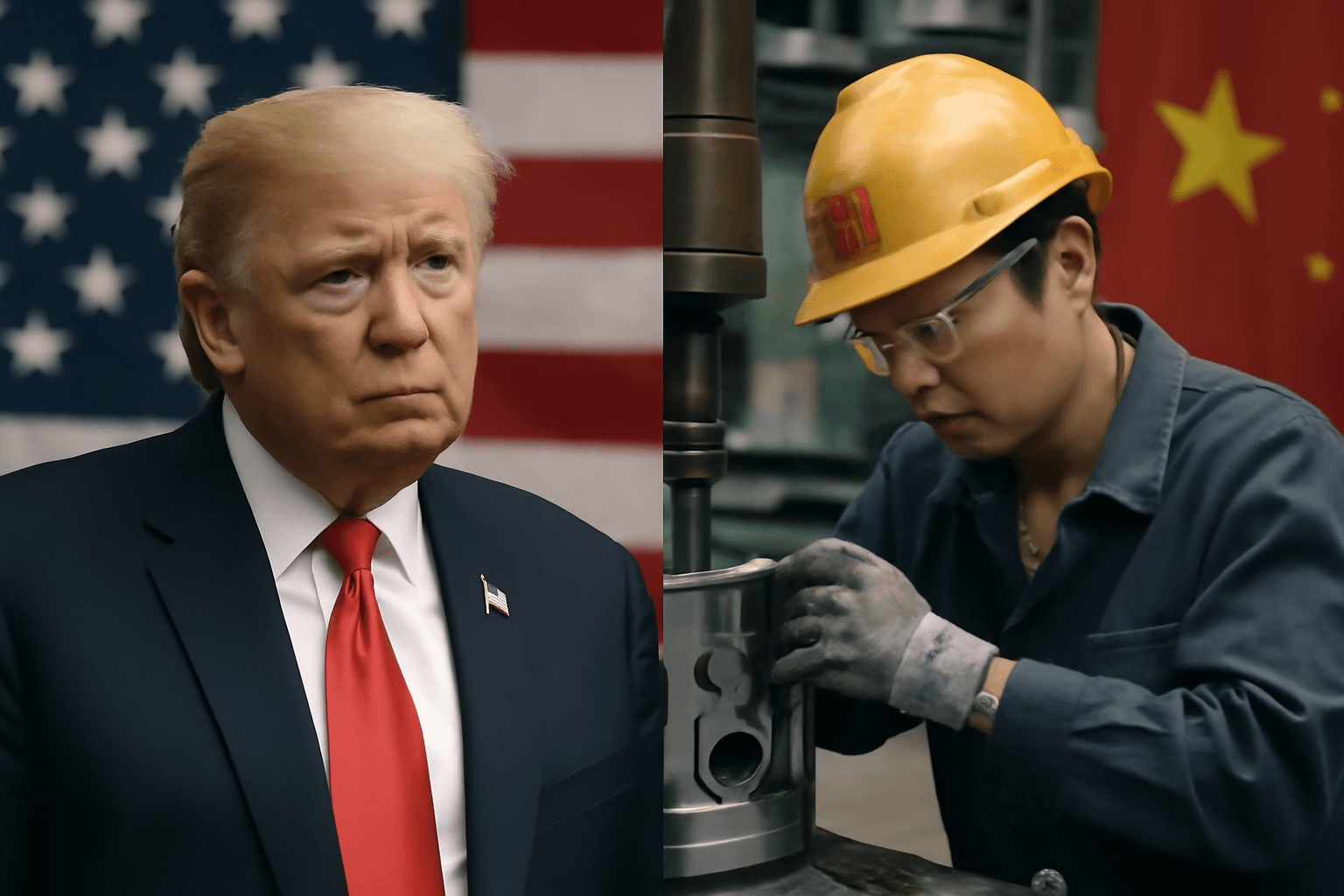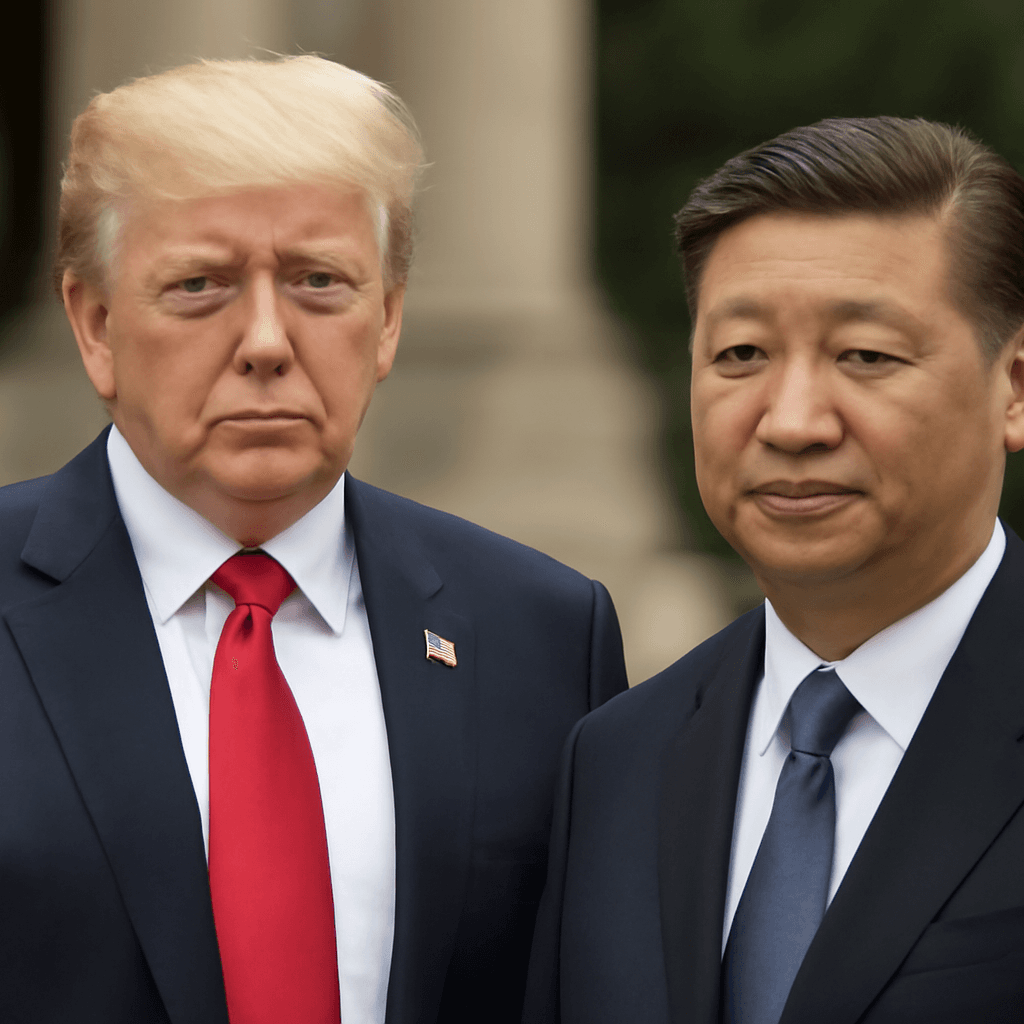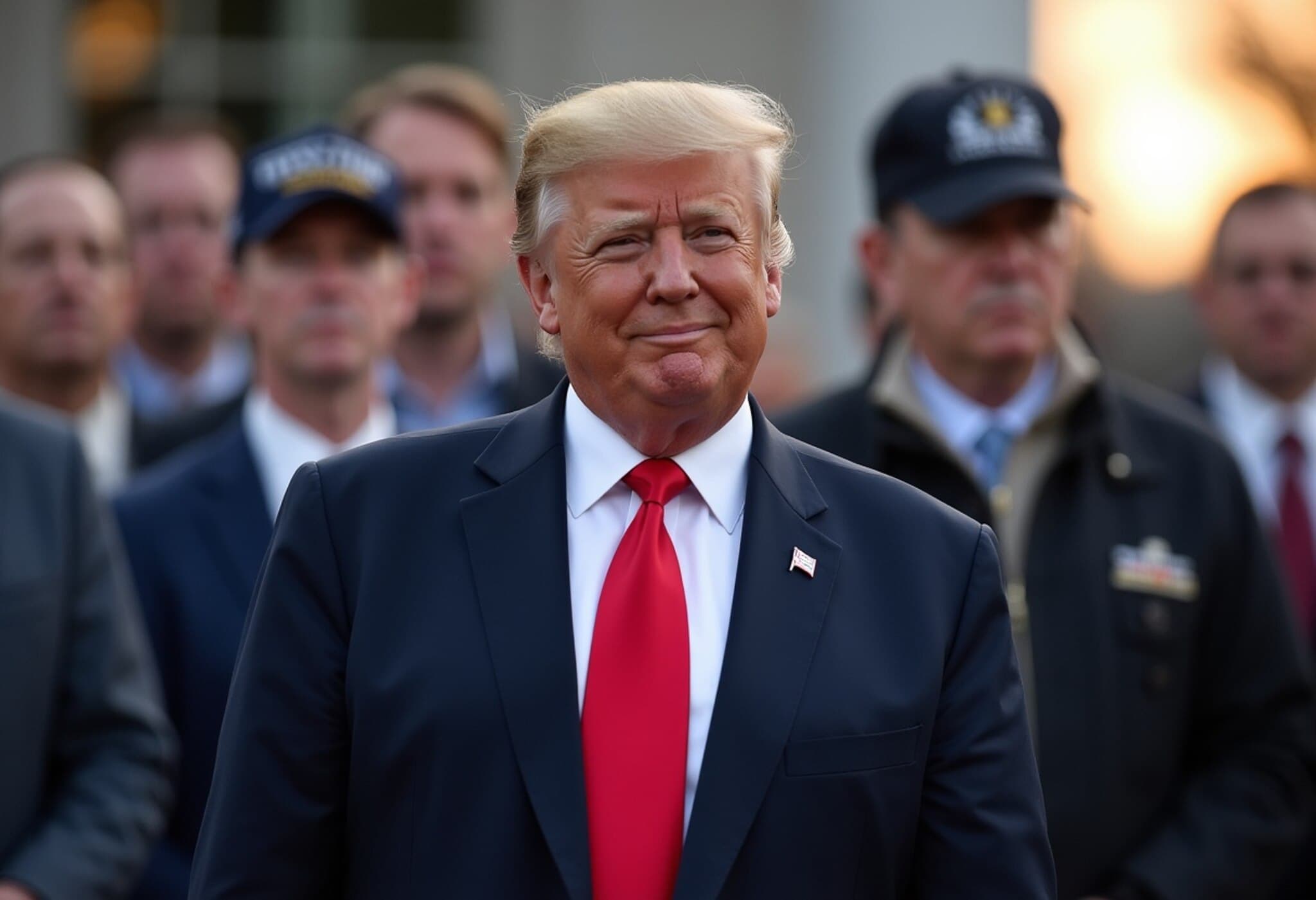U.S.-EU Trade Relations at a Pivotal Crossroad
As the clock ticks down to July 9, pressure mounts on the United States and the European Union to finalize a pivotal trade agreement. The looming expiration of the 90-day tariff reprieve threatens to reignite tariffs on European imports, triggering possible retaliatory measures from the EU.
What’s at Stake?
The trade relationship between the U.S. and the EU is a cornerstone of the global economy, responsible for approximately 30% of worldwide goods trade. In 2024, the bilateral exchange of goods and services topped 1.68 trillion euros ($1.98 trillion).
- Top traded commodities include pharmaceuticals, vehicles, and petroleum products.
- The EU enjoyed a 198 billion euro surplus in goods but faced a 148 billion euro deficit in services, leaving an overall trade surplus of roughly 50 billion euros.
The Tariffs and the Stakes Involved
Former U.S. President Donald Trump has repeatedly criticized the trade balance with Brussels, accusing the EU of unfair practices and disadvantaging the U.S. To address this, Washington imposed reciprocal tariffs—a move temporarily paused by the recent 90-day reprieve.
With no formal agreement reached yet, the tariffs are set to be reinstated unless swift progress is made. Any renewed duties on EU imports could provoke retaliatory tariffs from the EU, which have also been on hold.
Negotiations: Slow Progress and Lingering Doubts
Recent talks have been described as slow and challenging. The European Commission President remarked that while an agreement in principle might be achievable within the reprieve period, a comprehensive trade deal is unlikely.
She noted, “All the instruments are on the table if negotiations falter.” Similarly, the European Trade Commissioner reported productive discussions in Washington but acknowledged that work remains.
Conversely, the U.S. Treasury Secretary expressed caution, indicating uncertainty around sealing a deal before the reprieve expires.
Experts Weigh In: What Can Be Expected?
Trade experts suggest a detailed agreement within days is improbable. The focus is shifting towards establishing a heads of terms or a broad outline, akin to recent U.S.-UK arrangements although with likely distinct terms.
Key insights from analysts include:
- A preliminary deal could hold off tariffs temporarily, potentially accepting a 10% baseline U.S. tariff on EU goods.
- Such an agreement would buy time for deeper negotiations, including sector-specific exemptions.
- Uncertainty will persist as political dynamics and U.S. policy priorities evolve.
- The EU is expected to exercise caution before imposing retaliatory actions unless full tariffs resume.
Looking Ahead
The next few days are critical for transatlantic trade. While a comprehensive trade deal seems elusive in the immediate term, an interim agreement could lay groundwork for future collaboration. The delicate balance of diplomacy and economic interests is now on full display, with potential consequences for global markets.



















